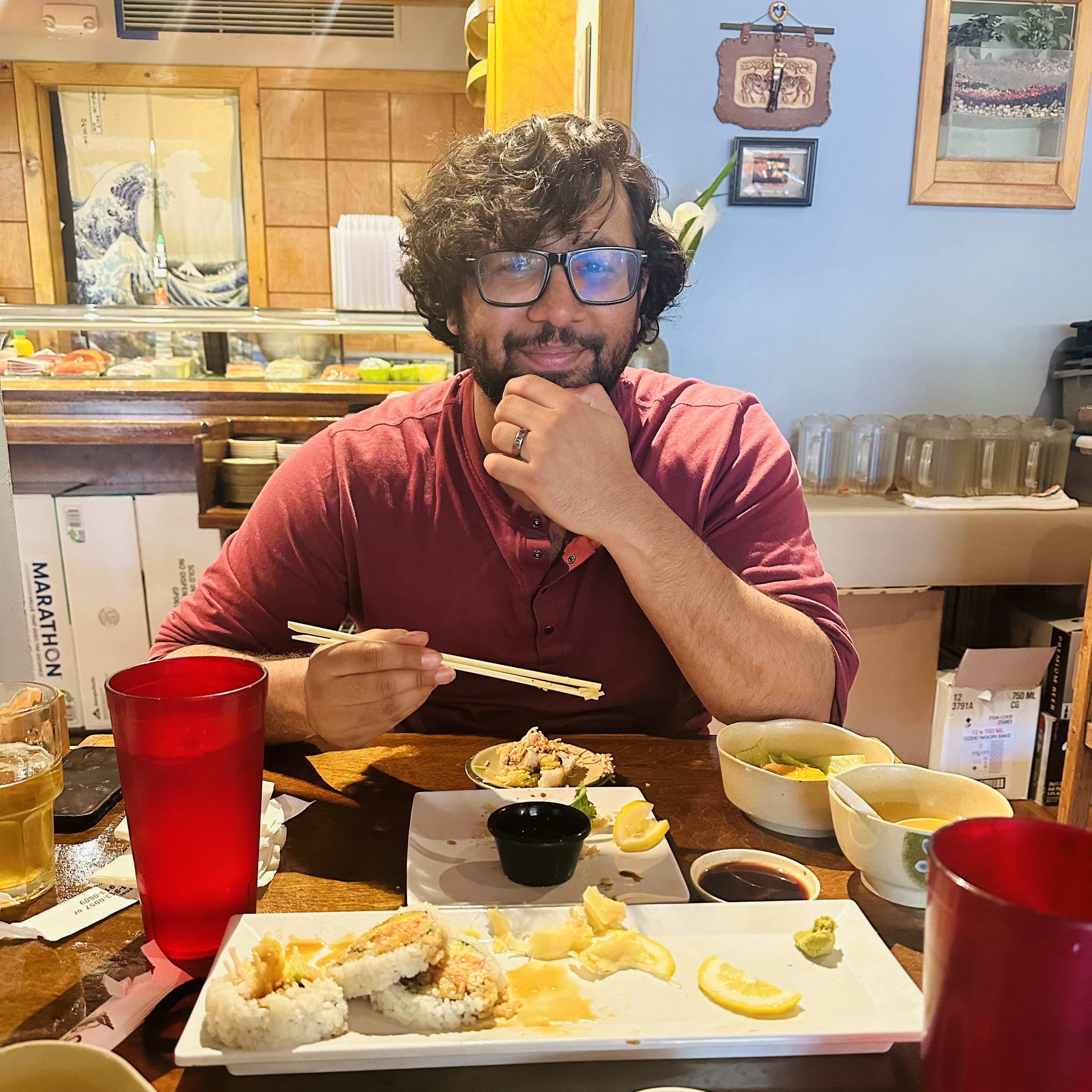Micro-Multiphysics Agent-Based Modeling of Human Bone Remodeling: Exploring the Dual Action Effect of Romosozumab
ETH Zürich
During the summer following my third year at IITB, I had the pleasure of interning at the Laboratory for Bone Biomechanics, ETH Zürich under Professor Ralph Müller, in the beautiful city of Zürich, Switzerland. I primarily worked with Prof. Müller’s Ph.D. student, Charles Ledoux, in the area of agent-based modeling of human bone remodeling. In particular, I explored the effect of the dual action effect of romosozumab, an anabolic sclerostin inhibitor used to treat osteoporosis. I worked on adapting the existing model of the lab to include reactions relevant to the action of romosozumab. I also added an exponential activation function to incorporate a sclerostin-dependent production of RANKL, a type II membrane protein. This adapted model was then used to obtain changes in bone formation and resorption post romosozumab injection. These bone turnover trends matched quite closely with clinical trials, with bone mineral density increasing sharply and sclerostin levels dropping sharply post romosozumab injection.
Once the model was tuned to match post-romosozumab behavior observed in clinical trials, I used this model to generate 6 months’ worth of data on placebo and romosozumab in-silico clinical trial results on 7 different biopsies. The bone mineral density trends obtained were compared to previous results. I observed a significant increase in bone mineral density with romosozumab treatment and virtually no change in bone mineral density with placebo treatment, as was previously found in clinical trials. The only drawback was that the bone mineral density tapered off much earlier than in the clinical trials in this adapted model.
I recently wrote about my experience in Zürich over here. The slides for my final presentation can be viewed here. A more detailed report of my work can be found here
